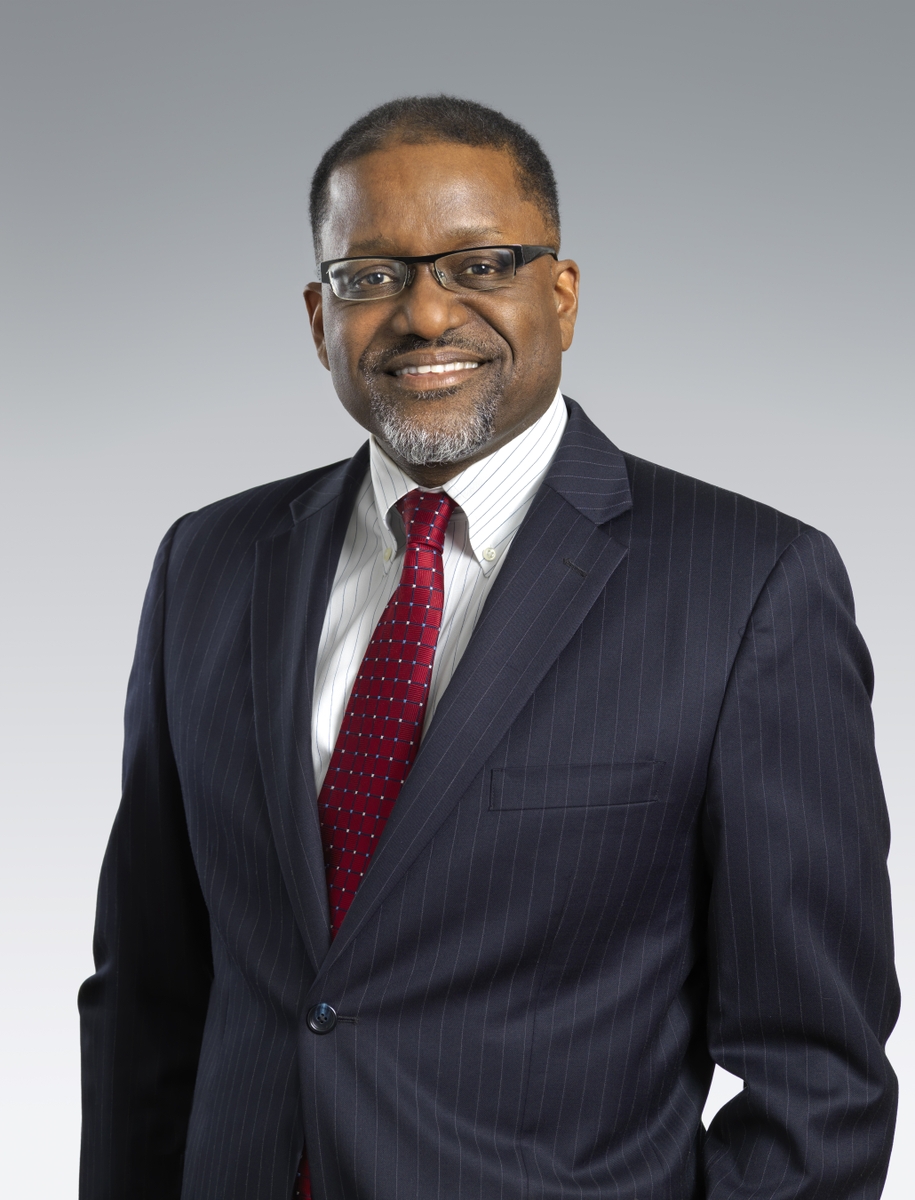Alliance Discussion with Gary Gibbons, MD: Hope in The Fight Against Sickle Cell Disease

We were recently joined by Gary Gibbons, MD, Director of the NIH National Heart, Lung, and Blood Institute (NHLBI), for an insightful conversation regarding sickle cell disease, the compelling needs that prompted intensified efforts to drive SCD progress in the U.S. and globally, and the latest advances in therapeutics, potential cures, and patient-centric health care delivery. Here are some highlights from Dr. Gibbons’ remarks:
On sickle cell disease:
“Sickle cell disease (SCD) is an inherited disorder; it’s caused by a mutation in the hemoglobin gene. Hemoglobin carries oxygen around your body in red blood cells and every cell and tissue of the body needs that oxygen. In the context of SCD, [a red blood cell] turns into a sickle shape – that’s where the name comes from – that no longer flows through the blood smoothly. It can get caught and deprive various organs of the oxygen that they need to be functional. That’s why SCD pretty much affects every organ in the body.”
On the challenges SCD patients face:
“A doctor friend of mine who has SCD told me, ‘Gary, if I had a choice between you breaking my arm and having a sickle cell crisis, I’d prefer you to break my arm.’ That’s the pain that people with SCD experience. Often it necessitates them coming to an emergency room for treatment. Thirty years ago, they really didn’t have much to offer SCD patients – some fluid, some oxygen, and opioids to control the pain. Unfortunately, because of that treatment regimen involving opioids, this is also a population that has been marginalized and has often felt unwanted and uncared for by the medical profession. There are a lot of layers of challenges that those living with SCD have borne over the years.”
On the path to progress against SCD in the U.S. and globally:
“Doctors would tell parents [in the 1970s] that ‘it may not be clear that your child will live to adulthood.’ The research that was funded by the NHLBI, started to lead to treatments in the 1970s and 1980s — penicillin, prophylaxis, blood transfusions, drug hydroxyurea — that were able to expand life expectancy to the point of many [U.S.] sickle cell patients living to be middle aged, and now some of them into their 60s.”
“Probably over 75% of the babies born with SCD today are in Sub-Saharan Africa, hundreds of thousands of children each year. One of the challenges is that 50 to 80% of those children die by age five. It’s a major focus of our NHLBI research program, in which we’re working with scientists and clinicians in Africa to build their capacity to screen for SCD and start using some of the treatments that have been defined over the last 20 years in that setting. [NHLBI] funded trials for them to start using hydroxyurea in [Sub Saharan Africa], as well as other treatments.”
“There was basic science research that was critical to defining additional treatment strategies beyond blood transfusions and supportive care. That investment has paid off — over a dozen FDA-approved drugs over the last 5 to 10 years have come out of that basic research. We’ve done implementation science because it relates to how we care for those living with SCD —are there strategies to reduce the need to go to that emergency room in a crisis, or if they do come to that emergency room, what’s the best way to treat and follow-up with these patients? What we hope would be transformative for these individuals, is to cure [SCD], since we now have the technologies of gene therapy and editing — if we know where a misspelling is in the DNA code, the technology now exists to correct it.”
On who’s involved in developing new SCD treatments:
“The [SCD research] ecosystem needs public-private partnerships, with academic researchers who are either testing some of these strategies or in the laboratory, understanding the disease better — what drives the pain, why is there a [pain] crisis, does it relate to blood clots — studying in depth, so that you know the molecule [to target]. The private sector is critical — given a good target, what are the therapeutic agents that can be developed and deployed. It really takes the entire ecosystem; no one entity can do it all, but all are necessary to provide the best patient-centered care.”




